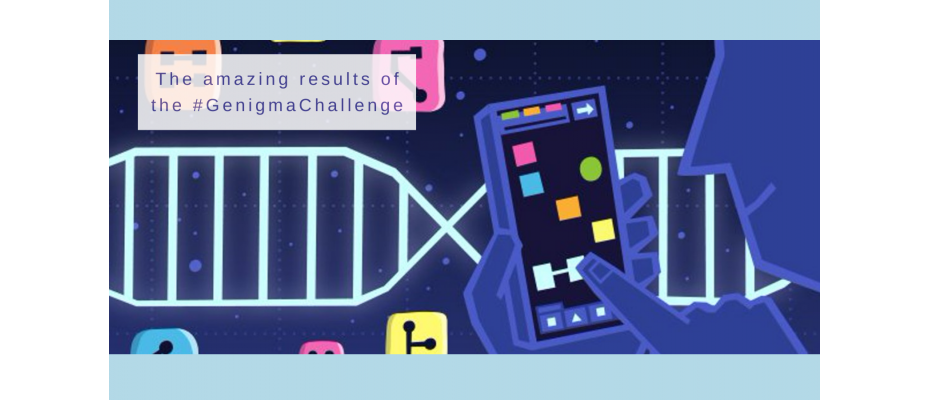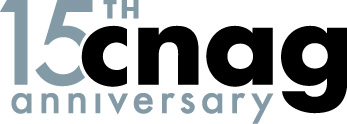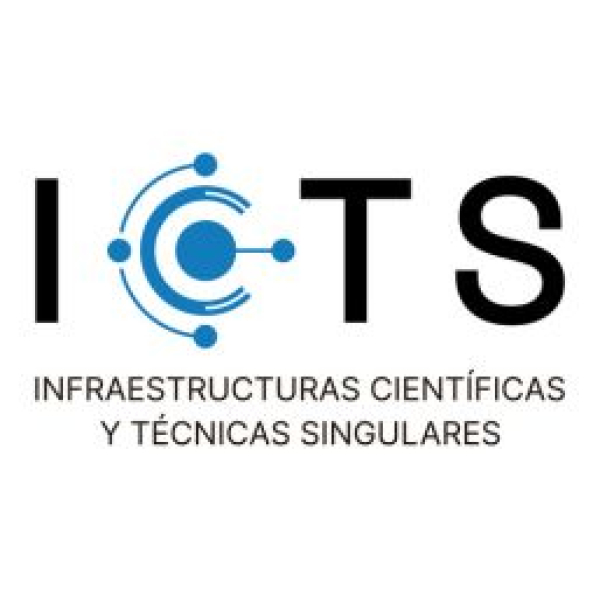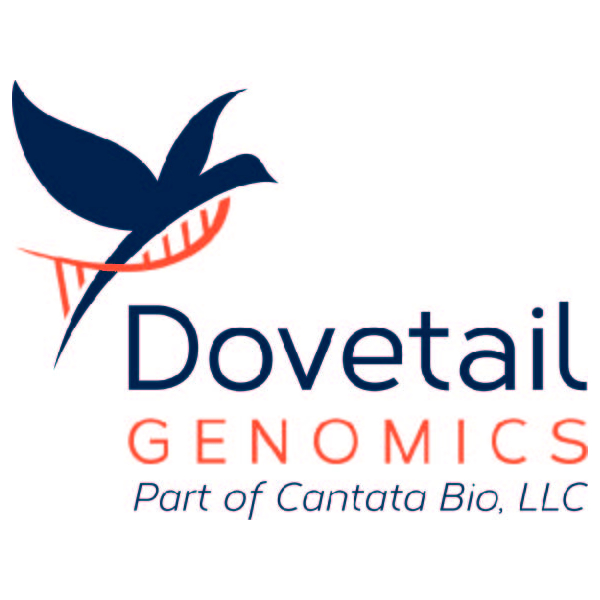
Barcelona, 17 June, 2022.- In the course of 139 days, the GENIGMA video game for iOS and Android, created by a research team of the Centro Nacional de Análisis Genómico (CNAG-CRG), threw down the #GenigmaChallenge gauntlet to players from all over the world to solve puzzles to contribute to furthering progress in cancer research. The objective was to collaborate to identify the chromosomal regions affected by anomalies in T-47D breast cancer cell culture. These are the most commonly used cells by the worldwide scientific community in research into this type of cancer.
“Cell cultures are a cornerstone of modern biology and have been used to discover vaccines, chemotherapy for cancer or in vitro fertilisation”, explains the ICREA research Professor Marc A. Marti-Renom, a member of both the CNAG-CRG and the CRG, and whose research underpins GENIGMA. “Nevertheless, we still lack detailed knowledge of how the genome of each one of these cultures is organised and this continues to limit scientific progress. This experiment was designed to test whether it is possible to identify areas of interest in the genome of these cells quickly and collaboratively.”
20 weeks with the #GenigmaChallenge
Based on the real data obtained in the laboratory with the T-47D breast-cancer cell culture, the scientific team divided all the DNA into small fragments and created 5,442 puzzles to be analysed by the community of players. Every week, puzzles of 8, 10, 12 and up to 15 pieces were uploaded to GENIGMA for analysis using human logic and with the aid of virtual tools integrated into the game.
"Genigma has more than 5,000 puzzles, which contain parts of the genome of 100,000 base pairs of the 3,000,000,000 that make up our genome. The challenge of putting them in order could only be accomplished by dividing the “big puzzle” into small parts that each player could solve”, explains Marc A. Marti-Renom, in reference to the “divide and conquer” strategy implemented by the GENIGMA team when they designed the game.
“In 20 weeks, more than 44,000 people from 154 countries have downloaded the game and provided more than 600,000 solutions”, explains Elisabetta Broglio, the CRG’s citizen science facilitator. “With the help of the social media and the traditional media, we gradually assembled a huge team of volunteers from all over the world who contributed to this research in their free time. It is an unprecedented challenge in this field and we are truly impressed with the degree of participation. Throughout the experiment, we kept the community posted on the achievements obtained on a weekly basis through genigmagame.app, the app’s internal messaging system, Twitter, Facebook and Instagram. We also interacted with the community, tweaking certain features of the app, and we also prepared extra content to handle queries and to maintain interest in the project.”
The experiment lasted four and a half months, in the course of which the app was updated on 5 occasions, bringing in improvements suggested by the citizens (in the tutorial, the scoring system, the viewing of individual achievements and also including new scientific dissemination cards).
“When we launched the game, we asked the players to play a minimum of 50 games to participate in the experiment. Nevertheless, this minimum was more than surpassed in many cases. Moreover, some people have been playing and supporting the project right to the end and have also participated in disseminating and sharing their playing strategies in order to get the highest number of people possible to opt into this collective effort. Their involvement was also decisive in the success of the project”, says Broglio.
Chromosomal regions of great research interest
Over the 139 days that the #GenigmaChallenge lasted, the puzzles in which at least 40 different players managed to beat the record score indicated in the game were tagged as Eureka! regions. All in all, in the entire genome of these cells, 181 of these regions regarded as being of high scientific interest were identified, since they show that the genome sequence could be affected by chromosomal rearrangements if we compare it to the sequences of the non-cancerous cells. The regions in which the proposed record was not beaten, also solved by consensus, are probably regions with a similar arrangement to that of their homologous regions in healthy cells, which implies that they would not be affected by any chromosomal alteration.
“Now that the analysis of the entire genome has been completed, the Eureka! regions identified will be analysed in detail by our scientific team”, states Marc A. Marti-Renom. “Once these results have been analysed, we will consider the possibility of using GENIGMA to analyse other types of cancer.”
Some data
- 20 weeks of play, 139 days
- People from 154 different countries took part in the experiment
- More than 44,000 downloads (Android and iOS)
- 39,543 active players, of whom 1,900 are “super” players (they played more than 50 games)
- A total of 19,485 hours logged by all players
- 600,287 solutions gathered
- 181 regions of high scientific interest (Eureka!) identified
- 5,472 puzzles analysed by the community, representing more than 300,000 pieces overall (equivalent to 3,000,000,000 DNA base pairs)
- 1 h 46 min - mean interaction time per player
- 6 – average number of games submitted per session and by player
- Mean resolution time per game:
- 10-piece puzzles: 18 min
- 12-piece puzzles: 25 min
- 15-piece puzzles: 33 min
- 20-piece puzzles: 1 h
- Top 5 players who played most:
- Player 1: 6,139 solutions submitted. 240 hours played
- Player 2: 5,342 solutions submitted. 180 hours played
- Player 3: 4,518 solutions submitted. 220 hours played
- Player 4: 4,502 solutions submitted. 320 hours played
- Player 5: 3,920 solutions submitted. 299 hours played
- Top 5 contributing countries:
- 60% Spain (>23,000 people)
- 7.6% United States (>2,800 people)
- 4.7% United Kingdom (>1,700 people)
- 3.2% Russia (>1,200 people)
- 3% Italy (>1,000 people)
What the future holds for GENIGMA
In this period of data analysis by the scientific team, the GENIGMA app will continue to run so that anyone who wants to, can still play and keep honing their skills.
As of now, it will be possible to play with fragments of the genome of the Eureka! zones identified during the weeks the #GenigmaChallenge ran. In this way, the scientific team will try to test whether it is possible to progress in the analysis of the arrangement of these fragments to a higher level of resolution.
“Although we reached 100% of games in the breast cancer cell line, we will keep GENIGMA running to explore the Eureka!’ regions found by the players even further. In this way, when we analyse them, we will have more detailed information about the possible alterations in these zones”, explains Marc A. Marti-Renom.
The results of the analysis of the data provided by the GENIGMA players will be made public in the coming months.
How to play GENIGMA
To play GENIGMA, players must solve puzzles with chains of different-coloured blocks. The objective of each game is to rearrange the blocks to obtain the highest possible score, with blocks that change colour and an individual score in order to indicate whether or not they are in the best possible position.
The thread in each puzzle represents the chromosome’s filament, while the blocks represent fragments of genetic sequences anchored to the chromosome. The players generate scientific data by moving these blocks. The overall score is a complex measurement pre-calculated by the GENIGMA research team and represents the probability that the players have aligned the sequence in the right order.
Each player finds their own strategy. The initial steps can be random, since they help each player to calibrate their own style. At a later point, it becomes necessary to use the clues provided by the game to guide the player’s eye (colours and individual scores for the blocks) in order to hit upon the correct sequence order.
Web and download: Genigma Game (available in 4 languages: Catalan, Spanish, English and Italian).
Funding acknowledgements
Genigma is funded by ORION, a 4-year project of the European Union Horizon 2020 programme through grant agreement no. 741527. This project is part of the Horizon 2020 call for projects for "SwafS-04-2016" as part of the Science with and for Society Work Programme. The 'Fondazione ANTItalia Onlus' and Arima Genomics supported the project.











